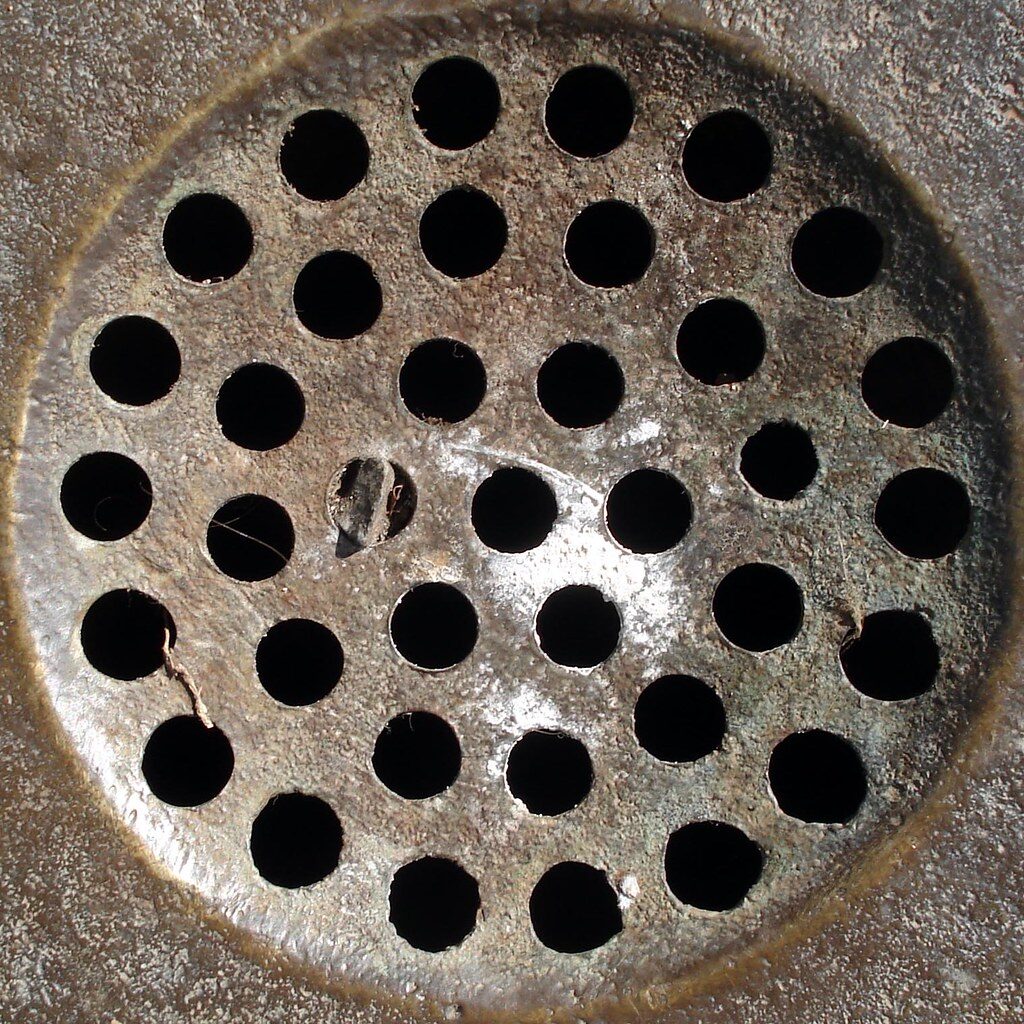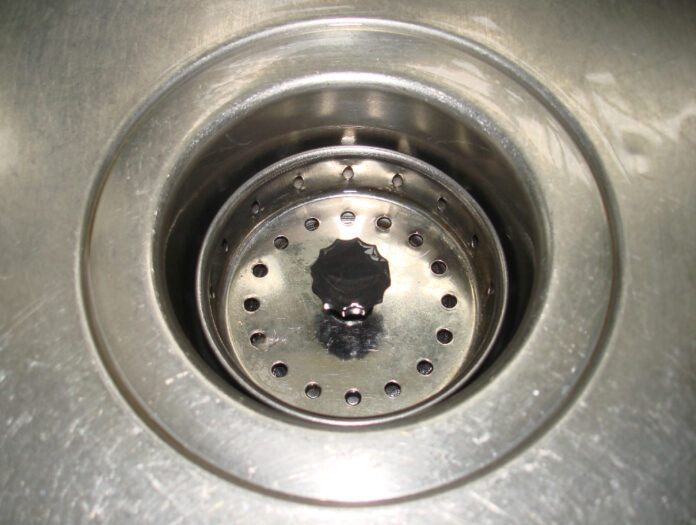When your drain is clogged and doesn’t have drain cleaner on hand, use iodized salt and vinegar to make a homemade drain cleaner. Is it better to pour salt into the drain? Even the toughest clogs are likely to be cut through with the combination of salt and vinegar, and the mild acidity won’t damage your pipes. We’ll describe how to make your DIY drain cleaner with items you already have around the house.
How to unclog a drain with salt?
Mixing salt and vinegar
Step 1:
- Combine 1 cup salt and 1 cup vinegar in a small bowl. Stir to ensure the salt absorbs all the vinegar. Mix well.
- With half a cup of lemon juice, your paste will have additional declogging power as lemon juice has an acidic ph.
- It helps to add more vinegar for a thinner mixture if the clog is deep within the pipe or if the lemon juice is not used.
Step 2: Down the drain, pour the mixture.
Firstly, remove the stopper from the drain. Once it’s released, pour the mixture directly into the gutter. Coat the drain so that the whole clog absorbs the mixture. The clog will absorb as much of the liquid as possible if you let it sit for fifteen minutes. To remove stubborn clogs, soak them for thirty minutes. The mixture can be thinner by adding more vinegar before pouring if the stopper won’t come off.
Step 3: Fill the drain with boiling water.
Four cups of water should be boiled in a kettle or pan. After the water has boiled, pour it directly down the drain. Don’t splash backwater to avoid being scalded. Instead of spraying the basin with water, slowly pour it into the drain so you can direct the flow into the drain rather than letting the water cool before it reaches the obstruction. You may need to wait a bit for the hot water to come from the faucet if you use boiling water instead. Boiling water should be used with care for PVC pipes. High temperatures can weaken or damage pipe seals.
Salt and boiling water
Step 1: Pour salt into the drain.
Since salt is coarse and abrasive, it will scour the inside of the pipe even though vinegar will eat through grease and other clogs. For 1/2 cup salt, you’ll need. Pour it straight down the drain.
Step 2: Boil the water and flush the drain.
Put four cups of water on the stove and boil them. Slowly pour the boiling water down the drain. Splash-back from the water should be avoided as it can scald you. Run hot water from the tap to further clean the drain once the boiled water has been used up.
Step 3: Continue
You will probably have to repeat this several times since salt is all you have to remove the clog. Each time you add salt, flush with boiling water before adding more. Continue adding salt in 1/2-cup increments. If possible, avoid adding too much salt all at once.
Read More: What Are The Types Of Window Locks? Everything You Need To Know About Window Locks
Mixing baking soda with salt and vinegar
Step 1: Drain the drain by pouring salt, vinegar, and baking soda into it.
Pour the mixture into a narrow cup or glass. Mix the baking soda in 1/2 cup. Sprinkle the salt over the baking soda. Mix until well combined. In case there is a drain stopper, remove it. Fill the drain with the contents.
Step 2: Fill the drain with warm vinegar.
Microwave or stovetop 1 cup of vinegar until it is hot. Put the boiling mixture straight down the drain when it has reached a simmer. When baking soda is added to vinegar, it will cause the liquid to foam and bubble, so immediately cover the drain with a stopper, plug, or even the bottom of the glass or cup used for mixing. Reactions are most effective when contained within a drain.
Step 3: Use boiling water to rinse it.
Please wait 15 minutes so that the clog can absorb the mixture to the greatest extent. A 30-minute wait is recommended for more difficult clogs. Before waiting, boil water in a kettle for two cups. Drain the drain after the clog has been allowed to soak for some time, remove the drain cover to rinse the drain, and flush it with hot water.
Because of its abrasive and antibacterial qualities, salt is an excellent cleaning component. Prepare a 50/50 combination of salt and water, heat to almost boiling, and then pour the saltwater to unclog the drain. After doing this a few times, flush the drain with cold water.
Can vinegar and salt be used to unclog a drain?
Begin by mixing 1/2 cup of vinegar with 1/4 cup each of salt and borax. After pouring the solution down the drain, fill a saucepan with boiling water. Before rinsing with hot tap water, let it rest for at least one hour.
Other practical methods of unclogging the drain
- Adding salt to the water: Add a few cups of boiling water and two tablespoons of Epsom salt to your drain to clean it. After one minute, add a few more cups of boiling water. It should help break up the clog if boiling water and salt are used.
- Wet/Dry Vacuums are also helpful: You could try to suction the clog out of the drain using a wet/dry vacuum. A tight seal is needed between the vacuum nozzle and your drain. Then, switch your vacuum to “wet.”
- Remove the tab hose: If any water leaks from your sink pipes, place a bucket underneath. Clean it out once you have unscrewed your trap (the curved pipe). When the clog is in the trap, everything is fine. The clog should be cleared out of the open pipe using a drain snake or tubular object.
- Drain Snake/Auger: You may need to invest in a drill (or drain snake) if you’ve tried other methods without success. As you rotate the handle clockwise, push the drain snake down the drain. You will feel the clog pulling up from the drain once you begin maneuvering the snake clockwise and upwards.
- Refresh the drain: You can prevent your drain from clogging and smelling by combining 1/4 cup baking soda, 1/4 cup salt, and one teaspoon cream of tartar. Put the solution down the drain for one minute. Fill your faucet with boiling water and turn it on. For a minute, turn on the hot water, then turn off the hot water. Clean your drains by doing this monthly.

FAQs
- Boiling water and salt unclog drains?
It’s not unusual for the kitchen drain to enjoy an excellent exfoliation now and then. Water can help loosen debris, but coarse salt removes more material than hot water alone by scrubbing inside your pipes. To clear the mixture, let it sit for a few minutes and then flush it with hot water.
- What is the effect of Coke on a clogged drain?
Pepsi or Coke is great for clearing clogs! Phosphoric acid is found in Coke and Pepsi, which breaks down residue that can clog drains. Even limescale and another tough buildup that regular cleaners struggle with can be removed with phosphoric acid. That is one of the most refreshing home remedies we have ever seen!


















